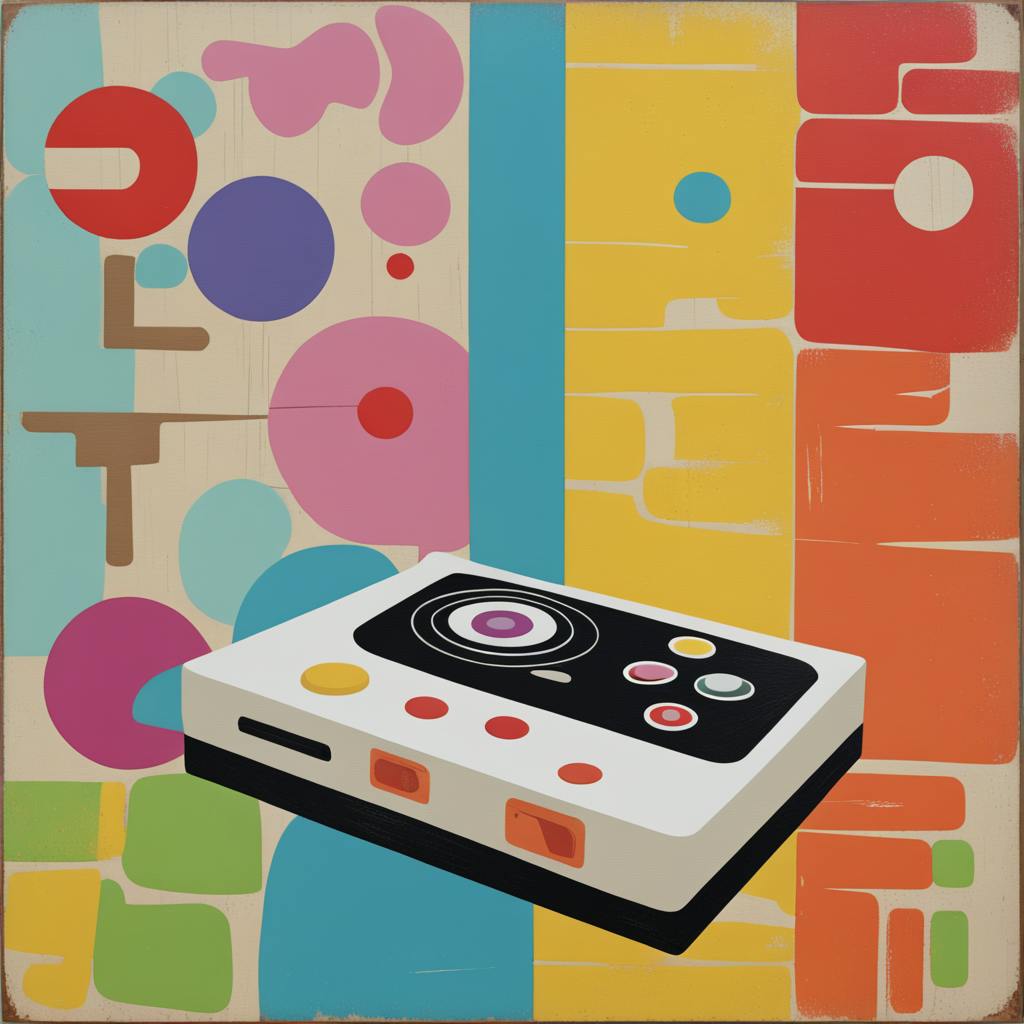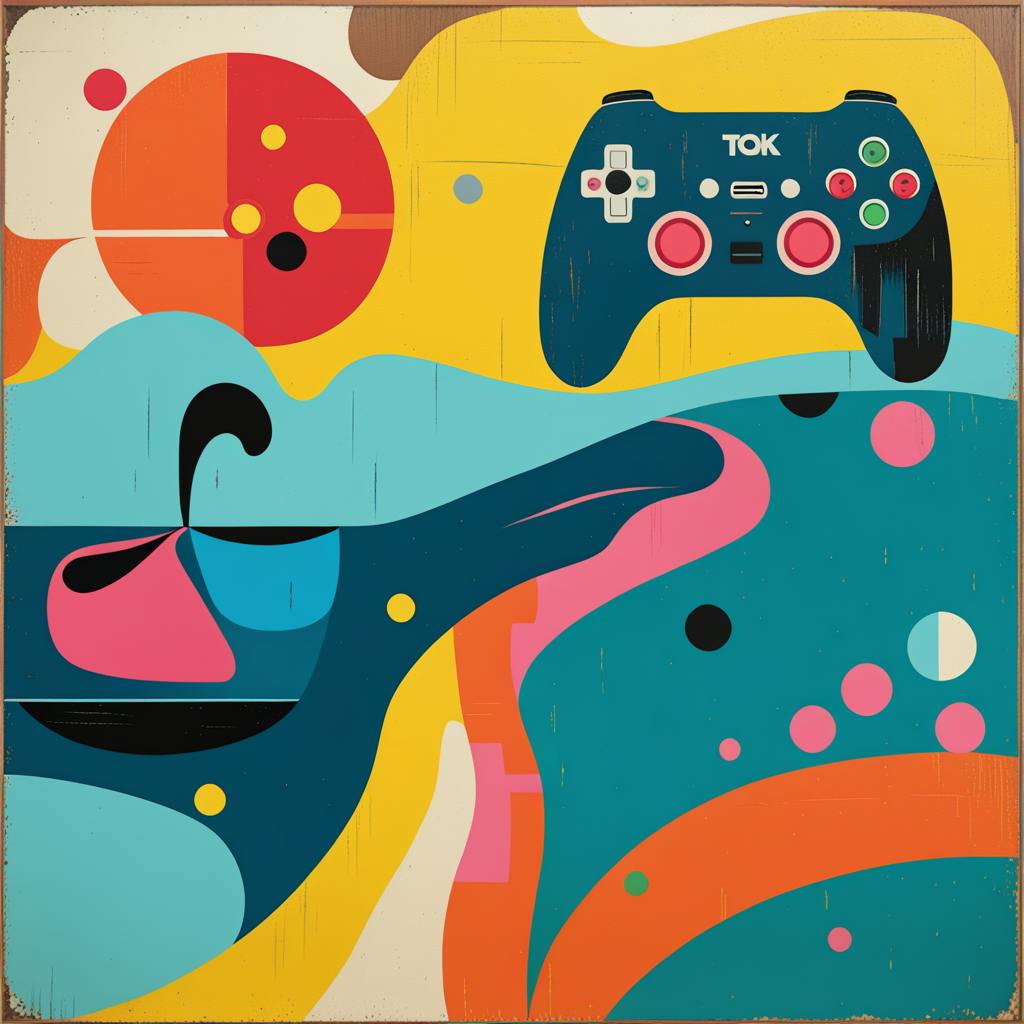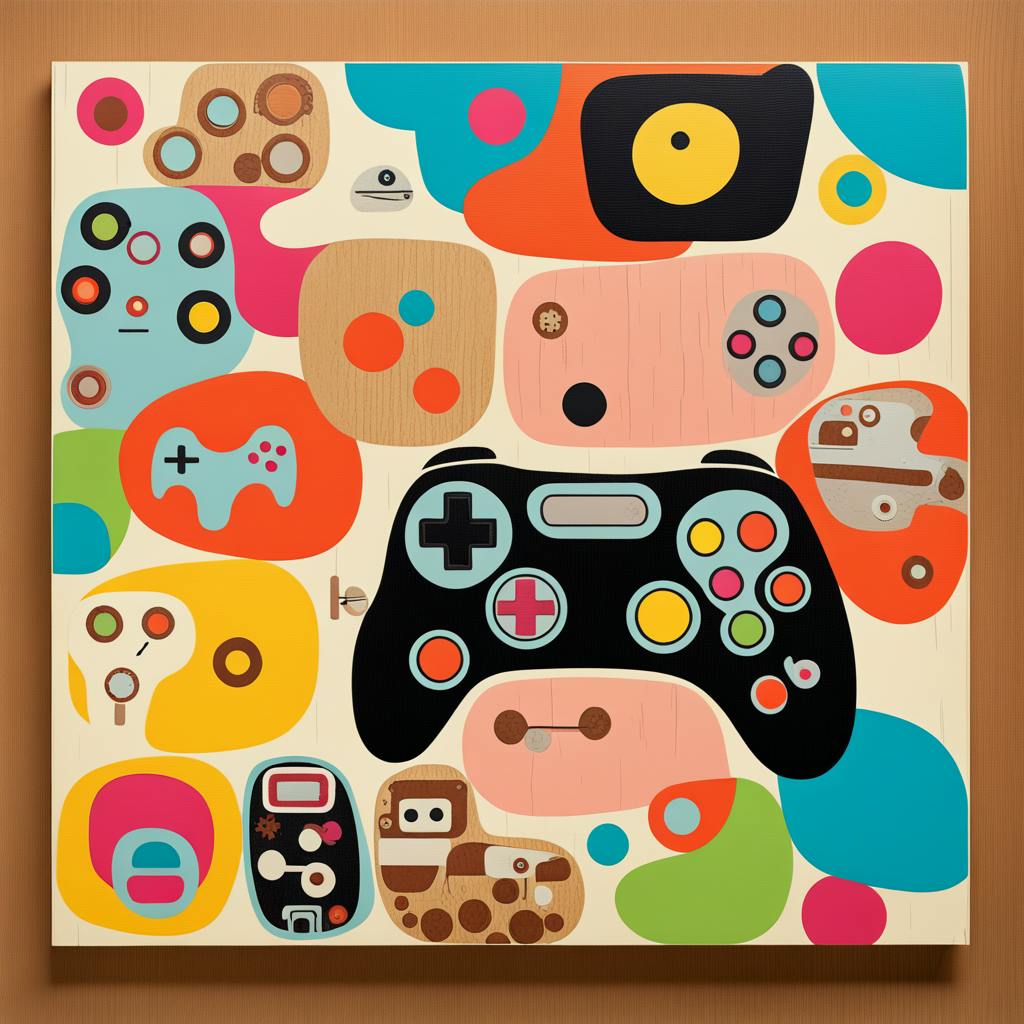Video game iconography plays a big role in shaping how we see and enjoy games. From the familiar shapes of Mario and Sonic to the unique art styles in The Legend of Zelda and Final Fantasy, these images go far beyond the screen. They've become part of pop culture.
These symbols are more than just game designs. They are cultural touchstones and have a strong impact on other forms of media, from movies to fashion.
Iconography as a Universal Language
One reason video game iconography is so powerful is its ability to communicate without words. Game symbols and characters are designed to be easy to recognize and understand. Take the Tri-Force symbol from The Legend of Zelda. It stands for courage, power, and wisdom—and many people know what it means, even if they haven’t played the game.
This visual language crosses borders. It helps people from different cultures connect through shared images and stories in games.
Growth Through Collaboration and New Technology
Video game iconography keeps growing by connecting with other parts of popular culture. Games like Fortnite and Animal Crossing have featured symbols and characters from well-known franchises. These collaborations make games feel fresh and help reach new players.
New tech is also changing how we use game imagery. For example, some games now use NFTs—digital items people can buy, sell, or trade. These items often include iconic symbols or characters from games. This shows how video game iconography can grow and stay important in a world shaped by new technology.

AI made with Stephanie Jagiello
The Cultural Power of Video Game Iconography
Video game iconography has become a big part of modern culture. Game symbols now show up on clothing, posters, and home decor. This trend proves how deeply games influence style and consumer choices. These icons go beyond products—they also appear in music videos, movies, and even street art. For many fans, they represent identity and shared experiences.
Some people wonder if these symbols are replacing older cultural icons. But research shows the opposite. Instead of erasing traditions, video game iconography adds to them. It brings new ways to tell stories and express ideas, helping culture grow and include more voices.
FAQ: Understanding Video Game Iconography in Modern Culture
What are some examples of video game iconography in modern culture?
Video game iconography includes well-known symbols, characters, and design elements from popular games. Many have become part of everyday life, even outside gaming.
- Icons and Symbols: The Triforce from The Legend of Zelda, power-up mushrooms from Super Mario, and golden rings from Sonic the Hedgehog are widely recognized.
- Famous Characters: Mario, Sonic, Lara Croft, and Master Chief are seen as symbols of gaming culture around the world.
- Memorable Items: Things like the Pokéball from Pokémon or health potions from RPGs are now familiar to non-gamers too.
- Visual Style: Classic 8-bit and pixel art has inspired fashion, graphic design, and digital media beyond games.
How has video game iconography influenced pop culture?
Video game iconography has deeply shaped pop culture. It appears in many areas of everyday life and creative industries:
- In Movies and TV: Games like Pokémon, Tomb Raider, and Resident Evil have turned into popular films, shows, and comics.
- In Fashion and Merch: Game characters and symbols are now found on clothing, bags, and collectibles.
- In Music and Art: Artists and musicians take ideas from video games. Some make 8-bit music, while others use game art for albums or create fan art.
- In Language: Gaming words like “level up” and “Easter egg” are now used in everyday talk, often with new meanings.

AI made with Stephanie Jagiello
What is the history and evolution of video game iconography over the years?
Video game iconography has grown a lot over time. As games changed, so did the look of their characters and symbols.
1970s–1980s:
Early games like Pac-Man and Space Invaders used simple shapes. These designs became the first big video game symbols.
1990s:
Games moved to 3D. Characters like Mario, Sonic, and Lara Croft became more detailed and well-known.
2000s:
Games like Halo and Final Fantasy added deeper stories and better graphics. Their characters stayed popular in movies and other media.
2010s to now:
Games like Fortnite and Minecraft created new icons for players around the world. New tech like VR and AR is helping shape the future of game design.
How does video game iconography shape gaming culture?
Video game iconography strongly influences how people see gaming and gamers.
- Mainstream Appeal:
Famous symbols and characters—like Mario or the Triforce—help video games feel familiar to more people. This has made gaming more accepted in popular culture. - Shared Identity:
Icons help bring players together. They create a sense of community and shared experiences among fans around the world. - Stereotypes:
At the same time, these symbols can lead to simple views of gamers. People may assume all gamers are the same based on a few common images. - Inspiration and Learning:
Some icons also teach or inspire. Games that use historic or cultural themes introduce players to new ideas and time periods.
Conclusion
Video game iconography is more than just symbols and characters. It’s a powerful part of modern culture that connects people across languages and borders. These visuals tell stories, build communities, and influence trends in art, fashion, and media.
As games grow more popular, their imagery becomes even more important. From simple 8-bit icons to detailed 3D characters, video game iconography continues to evolve and shape how we see and experience digital culture. Understanding it helps us see how deeply games are woven into everyday life.

